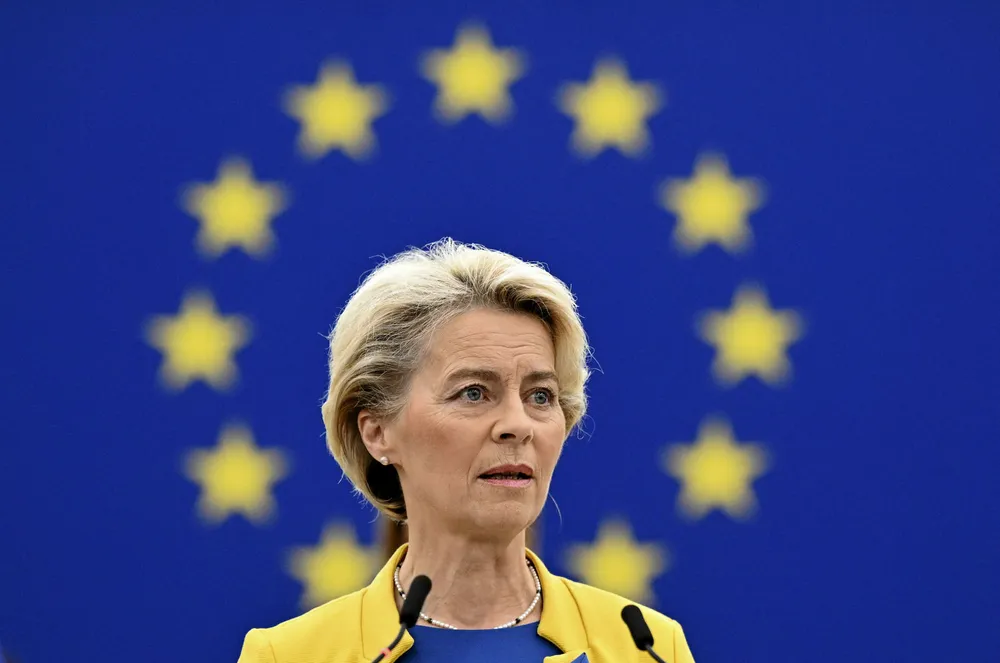EXCLUSIVE | EU to hold its first green hydrogen subsidy auction in December
European Commission confirms that blue H2 will not be eligible for financial support, while acknowledging that industry wants more lenient rules on state aid and construction periods
